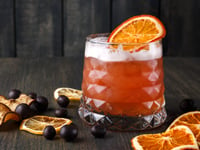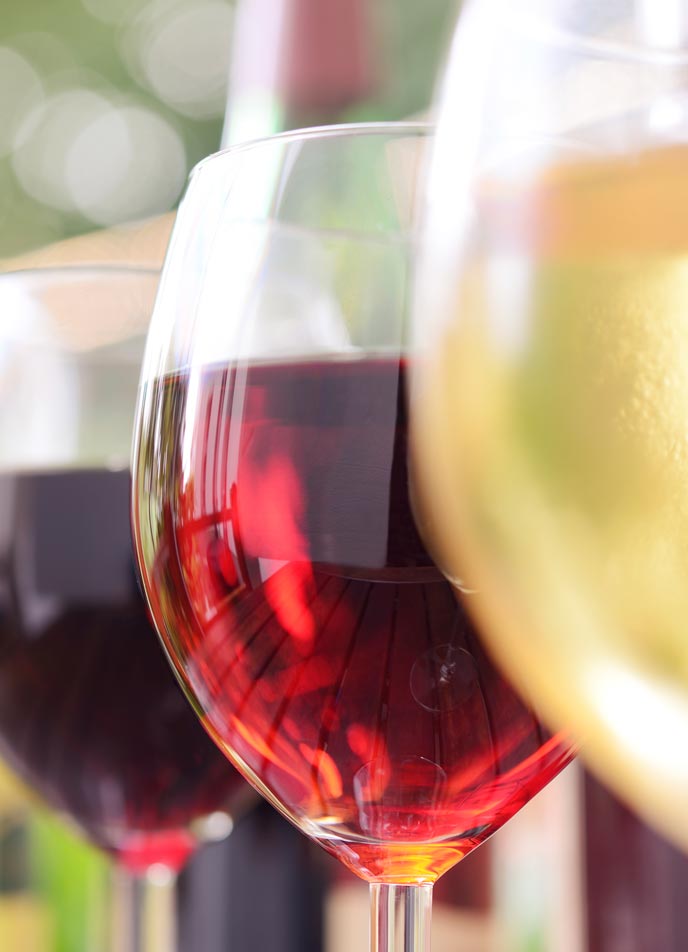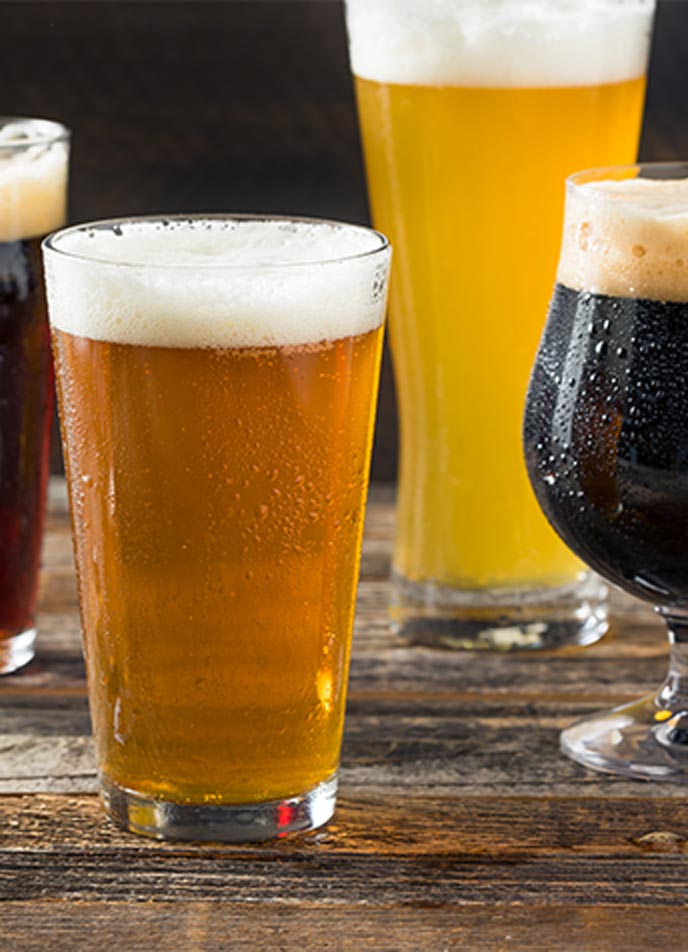Cabernet Sauvignon
What is cabernet sauvignon and how does it taste?
Cabernet sauvignon is the world's most famous red wine varietal. And for that reason it's grown everywhere in the world. It is celebrated for its bold and dark fruit flavors - black berries and black cherries, black currants, cassis, and plums. Finer examples offer more: bell peppers, pencil shavings, tobacco, cigar box. Ambitious winemakers will age cabernet sauvignon in new oak (from Europe or from America), which can add toasty notes, coffee bean and even chocolate flavors. And it's sold at every price point, from value-driven bottles to rare cult collectables.
Where is cabernet sauvignon grown?
Cabernet sauvignon first excelled in France, in Bordeaux's Left Bank. There, you will find world class cabernets famous for their vibrant fruit flavors and complexity. California's Napa Valley is also a source for top tier examples. Napa cabernets can offer even more fruit notes, are fuller bodied, and like the best Left Bank Bordeaux wines can gain complexity with age. Tuscany, Washington state, South Africa, even Lebanon's Bekaa Valley are excellent sources for world class examples. But values are easy to find and are grown everywhere where cabernet sauvignon is grown. Both Chile and Argentina offer some excellent and well-priced cabs.
Some popular cabernet sauvignon producers:
What food pairs well with cabernet sauvignon?
Tannic and bursting with flavor, a cabernet sauvignon demands something equally bold: any red meat dish, served rare to medium rare. Steak or grilled beef, braised meat like beef short ribs, roasted lamb, a fine burger, hard cheeses like aged cheddar or gouda, or grilled portobello mushrooms for vegetarians - all will shine with a glass of cabernet sauvignon. The meat’s proteins will soften the wine’s tannins, while cabernet’s acidity will cut through the fatty richness.



















